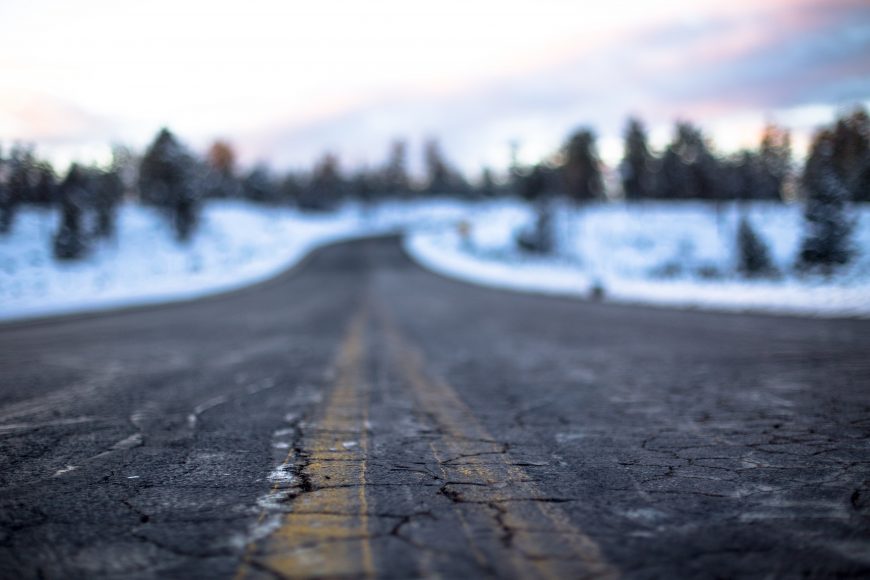
- October 23, 2017
- By Southern Autobody
- In blog
Winter is almost here, and you know what that means – sub-freezing temperatures, snow, and ice. While winter driving can be inconvenient for people, it can be downright brutal for your car or truck. And if your vehicle fails, it can leave you stranded – or cause a major accident.
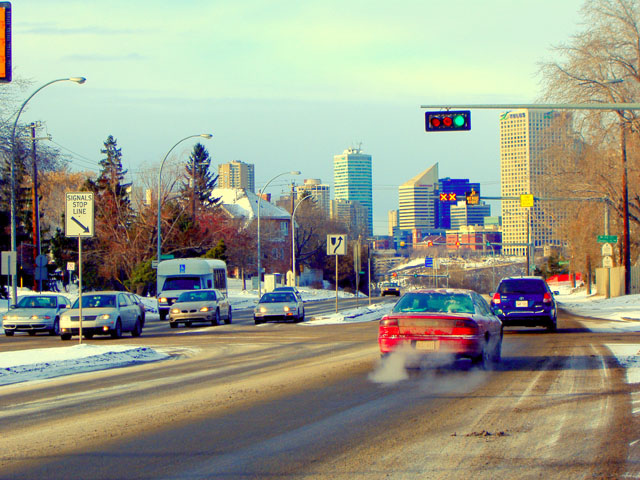
The sensible thing to do is to prepare your car or truck for whatever winter weather has to offer, now. That way, you are ready when the roads freeze and the snow falls.
This means preparing your car mechanically for winter driving regardless of what the weather throws at you. You don’t want to end up stuck on a lonely road in a snow or ice storm – or simply have your car develop issues when it’s cold, and everyone has their car in the shop, too.
To make sure your vehicle survives the winter, here’s what you should do:
- The first thing is to check out what the guidelines are in your owner’s manual. It may have specific recommendations for your vehicle that you need to know about. Most of our suggestions are general, so you should be aware of any additional suggestions before moving forward.
- Review any problems that your car might already have. Do the brakes squeak when you depress them? Does it stall, or have a hard start? Any issue you are aware of in the fall is going to be much worse come winter. Spend some time and address those issues now.
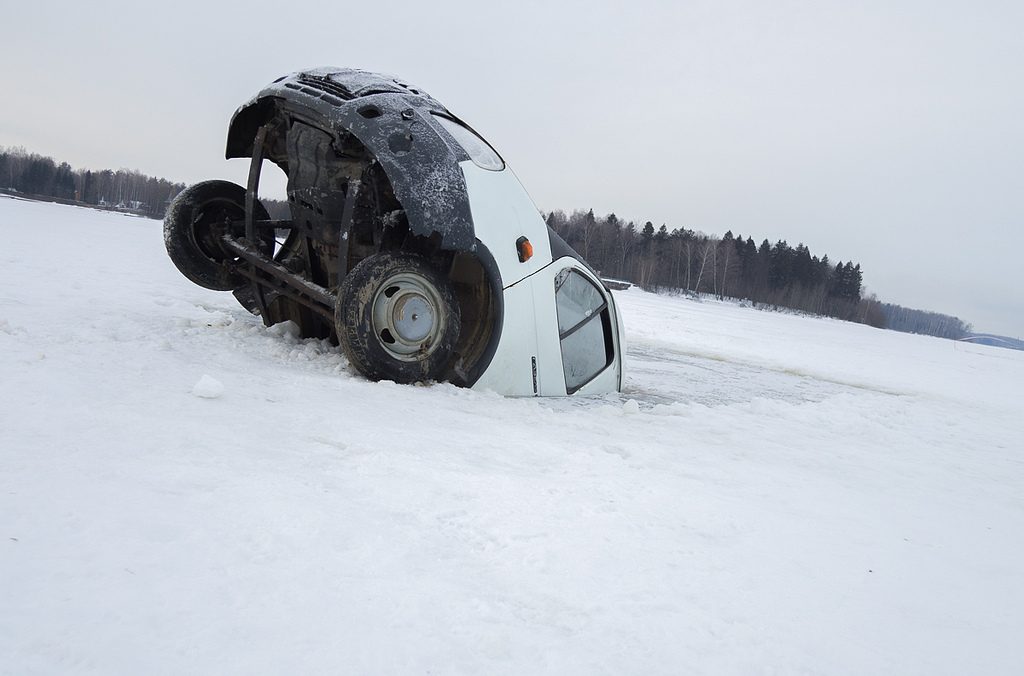
- Change the oil. Keeping your car lubed is essential for winter driving. You might want to look for a specialty oil designed for winter driving conditions. Again, your owner’s manual may have advice on what is best for your car.
- Replace your air, fuel and PVC filters. If they aren’t dirty now, they will be by the end of winter. Going into cold weather with clean filters can help solve minor problems before they become major ones.
- Check your windshield and glass for any minor nicks or scratches. If you find any, get them fixed as soon as possible. Colder weather will make them much worse – and more expensive to repair down the line.
- Flush and refill your cooling system. You can go to the shop to have this done, or you can try to do it yourself. If you decide you want to do it, mix equal parts antifreeze and water. Most importantly, don’t do it to a car that has been recently running. You want the system to be cool before you begin.
- Have a shop check the conditions of belts, clamps, and hoses. They may need to be replaced or tightened to withstand the winter weather.
- Get winter weather wiper blades. They are designed for winter driving and are stronger than those you use in the summer. In addition, top up the wiper fluid. You’ll use it all the time to get rid of ice and snow and until your car warms up.
- Look at your lights and bulbs. Make sure none of them have burnt out. If they have, replace them so you aren’t left in the dark.
- Put together an emergency winter weather car kit. This should include blankets, gloves, non-perishable snacks, sand or kitty litter, and water, among other things.
- Check the condition of your tires. They are going to be put through a lot from driving through snow and on ice. What is a minor problem in the fall can become a major one in the winter. If there is a problem, replace them. And even if there is no problem, you should have them rotated to equalize wear and tear.
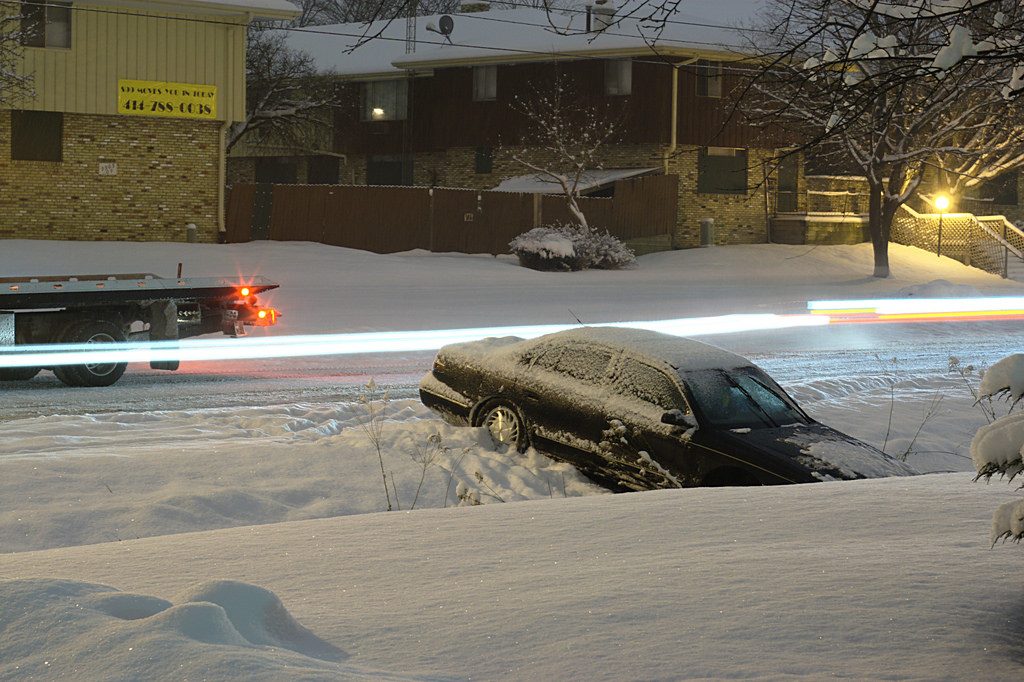
- 12. Have your exhaust system checked. Exhaust fumes that leak into your car can be very dangerous. A small amount can make you fall asleep at the wheel – and larger amounts can be deadly. Make sure there is no risk to you or anyone in your vehicle.
- Make sure your battery is fully charged. If you have a battery tester, you can do it yourself. Otherwise, you can have it checked out at a shop. When you are checking it, clean off any corrosion and make sure all your cables are properly and securely connected.
- Use gas line antifreeze into your tank with every fill-up. This helps keep moisture from freezing in your gas tank and lines, which can cause major problems.
- Ask to have your brakes checked. If you are driving on ice and snow, bad brakes can be the difference between life and death. You need to be able to stop when you want to stop. Do not let them fail you.
- Have a shop look at your transmission. Transmissions don’t tend to signal their problems, so they have to be inspected. Otherwise, they can fail at the worst possible times. A mechanic can check fluid levels and also make sure there isn’t a hidden or undiagnosed problem.
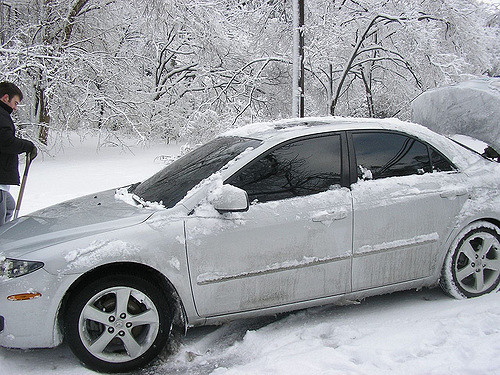
- Finally, make sure your heater and defroster are in good working order. You don’t want to be shivering and numb when you drive. You also need to be able to see through your windshield. Getting them looked at will make your winter driving experience much better.
That’s our general guide for getting ready for winter driving. Most of them are common sense, but others are things you might not generally think of – and may remind you of a problem you want, or need to fix.
The main point is that you should be prepared. And many of these steps are things that you should do to your car regularly anyway. If you are not an expert at car maintenance yourself, it’s a good idea to bring your car into a shop and have the professionals handle it all in one go.
If you have any questions at all about any of the things on the list, feel free to contact us anytime. We are happy to respond to any questions you may have.







